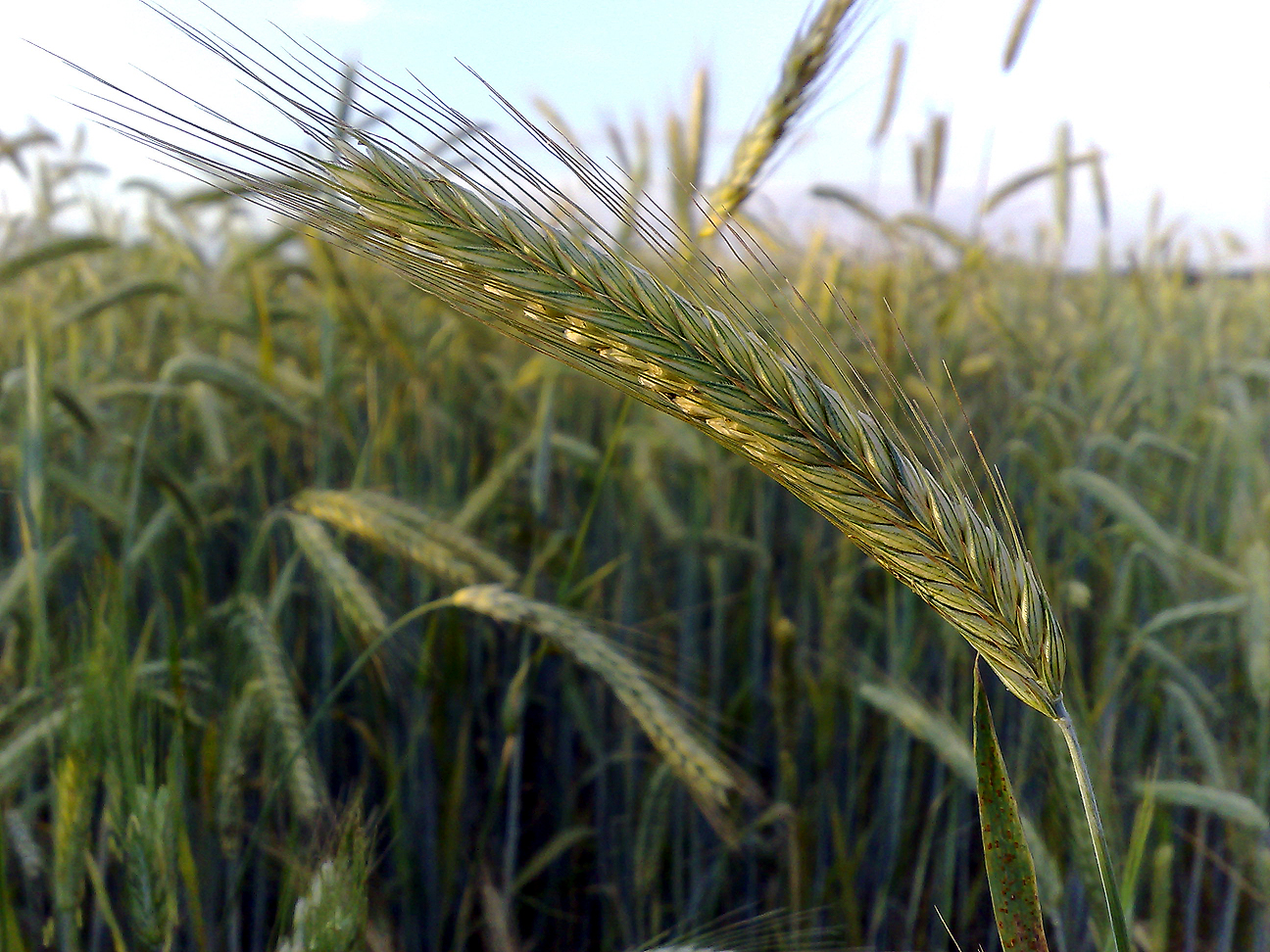With my scaled back 2013 brew schedule I've been brewing less beer. It's been a relief and a regret at the same time. I know what I want to do for the summer in a general sense. I ordered Flemish Ale Yeast for this year's Flander's Red Ale. Additionally I ordered North East Ale Yeast from East Coast Yeast and Microbiologist Al B:
ECY29 Northeast Ale: A unique ale yeast with an abundance of citrusy esters accentuating American style hops in any Double IPA or strong ale. High attenuation is expected. Suggested fermentation temperature 65-70ºF.
This should make a dynamite IPA. Rumor has it that this is the famed Conan strain used by the notoriously secretous brewers at The Alchemist. Their signature brew Heady Topper is consistently ranked as a top beer by hop heads who are lucky enough to get their hands on this silver bullet.
Conan Yeast is one that has a reputation on home brew forums, in the magazines, and on the lips of challenged home brewers everywhere. The First step is to know thy enemy:
Reading more:
- Beer Flavored Ales has some good personal experiences on the strain.
- Signpost Brewing talks about generations of this strain and how it changes. (also above)
- The Dogs of Beer review the beer and the can, it's funny.
Heady Topper is such a good beer that it has a loyal and devoted local following and a cult following from across the nation. If you Google "Conan yeast" there are no fewer than a dozen blog posts on culturing and reviving the strain. Why? I plan to find out. The only question remains is to try to clone heady or continue blazing my own path.














